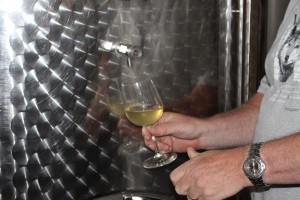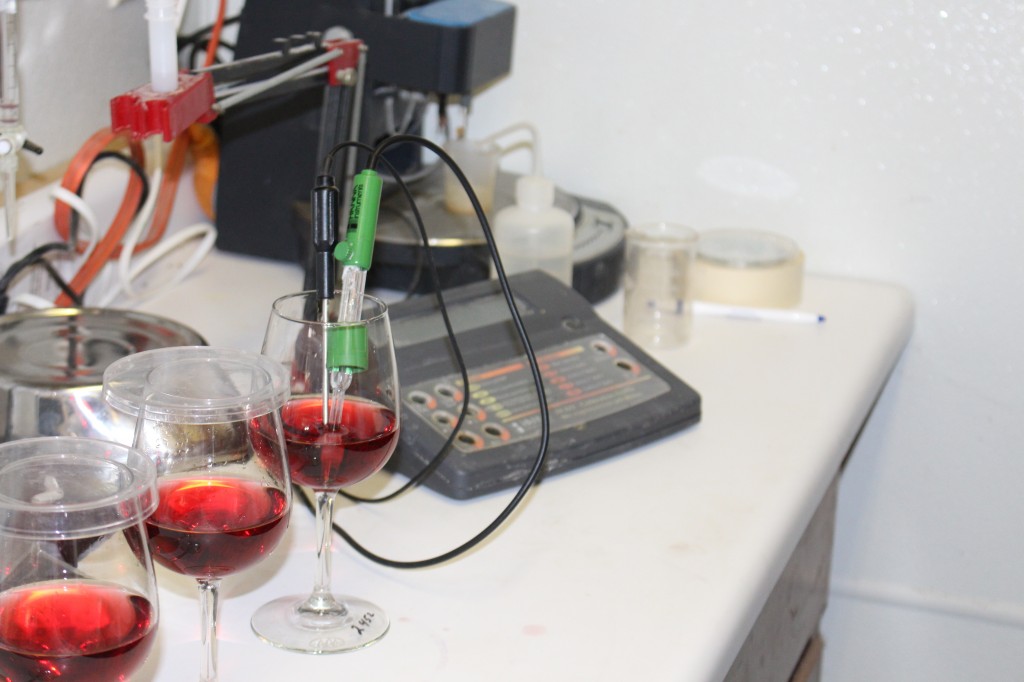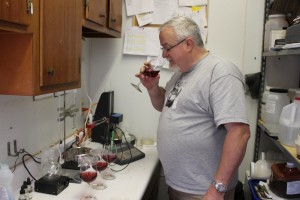Testing Your Wine: Don’t Overlook These 3 Steps
You have crushed and de-stemmed your grapes, added necessary ingredients, fermented your wine and racked it. You are on your way to becoming a seasoned winemaker.
There are 3 important steps often overlooked in home winemaking: cold stabilization, filtering and added sugar. If you have been through a couple of fermentations, here are a few good tips to keep in mind! I will be discussing some of the necessary steps you need to take when testing your wine.
“My wine is murky! What do I do?!”First and foremost, your wine should be clear and stable for bottling. Clarity is a very crucial part of the aesthetics when presenting your wine to family, friends or entering it into wine competitions.
Heat stabilization is a tool used to rid your wine of murkiness. Red wines are heat stable, while whites are not. You want to make sure your white wines are heat stable so that it will not become murky when warmed or aged. Adding bentonite, a clarifying agent, to the juice directly before or immediately after fermentation will yield clearer looking wine. When bentonite is directly after the wine has reached dryness, it is cleaner and allows it more time to settle in order for the flavors in the wine to be prominent. After you let your wine sit for a few weeks, the bentonite will fall to the bottom, along with the protein that can cause the murkiness.

The wine seems a little murky here, but that is easy to fix!
Small amounts of sediment will naturally appear at the bottom of the bottle, but you do not want your wine to look murky. Most home winemakers fine and filter wines before bottling. The purpose of fining and filtering is to clarify the wine and reduce the cloudiness you are seeing. Through fining and filtering, you are removing yeast, bacteria, or other microscopic particles depending on the size and type of filter you are using.
Sugar, Sugar, Sugar
It is crucial to make sure that your wine is fully fermented to dryness before bottling, unless you want a sweet wine. As home winemakers, we need to stabilize the wine so that residual sugar does not referment in the bottle, which could cause corks blowing off in the cellar! I have been there, and it’s no fun to clean up. A hydrometer reading below – 1° Brix or .98sg means that the wine is nearly dry. After your wine has reached this point, and you receive the same reading over a three day period, you can assume it is finished. If you decide to sweeten your wine, you will want to stabilize it with the proper amounts of Potassium Metabisulfite and Potassium Sorbate, as stated on the bottles.
Potassium Metabisulfite powder is a wine additive used to kill wild yeast and bacteria, and it acts as a potent antioxidant, protecting both the color and flavors of wine. Potassium Sorbate is a yeast inhibitor used to prevent further fermentation in wines with residual sugar. It doesn’t kill yeast, but prevents them from dividing to produce new yeast cells.
All in all remember the 3 important steps:
1. Cold Stabilization
2. Filtering
3. Sugar
If you can remember to do these three things, you will be on your way to creating a perfect wine.
Until later,
Dan Wolfe
PIWC Associate Winemaker


